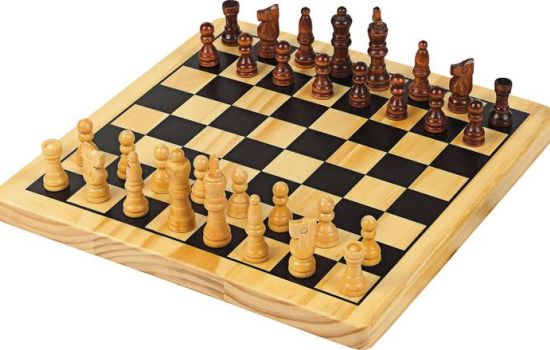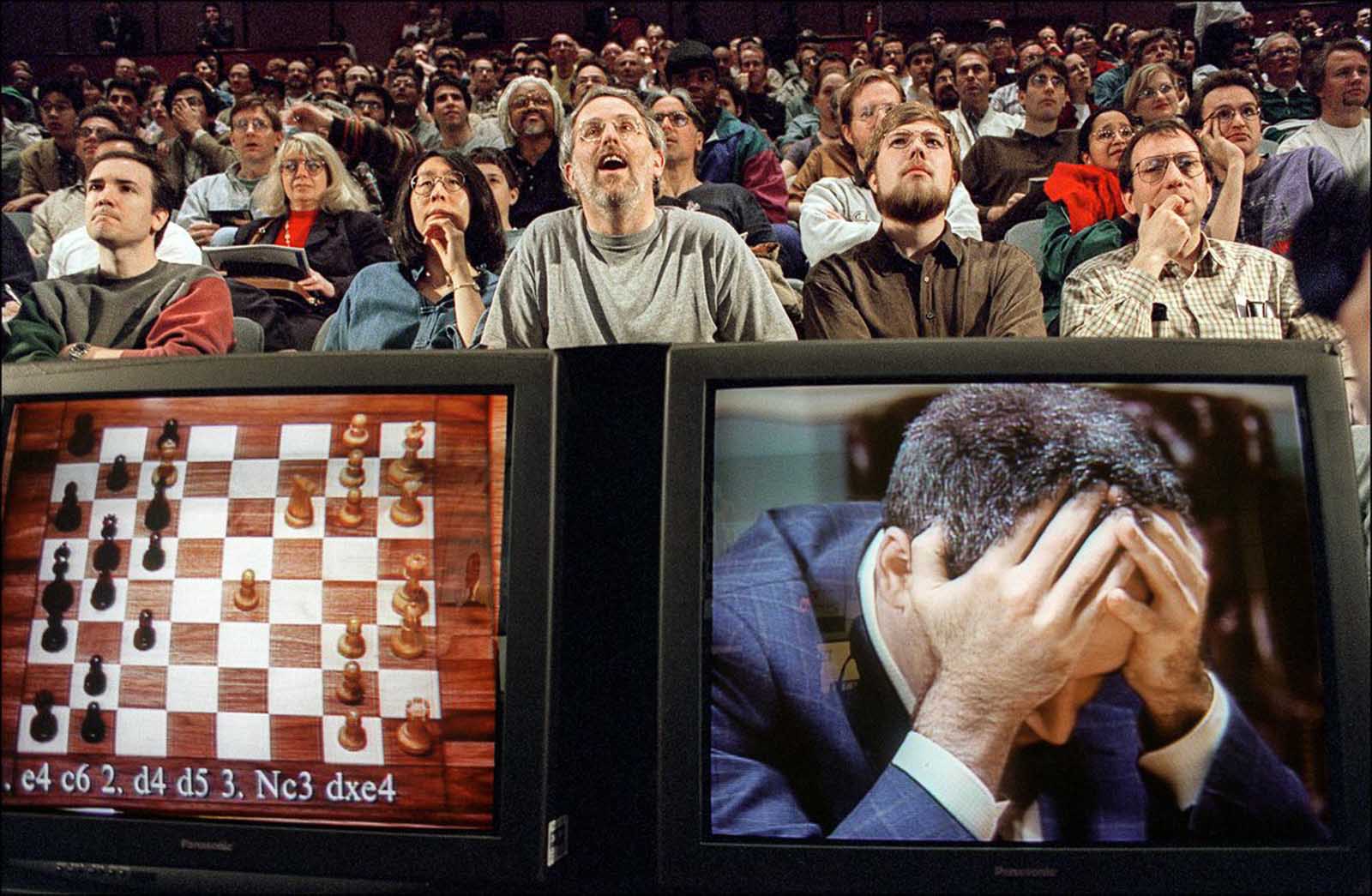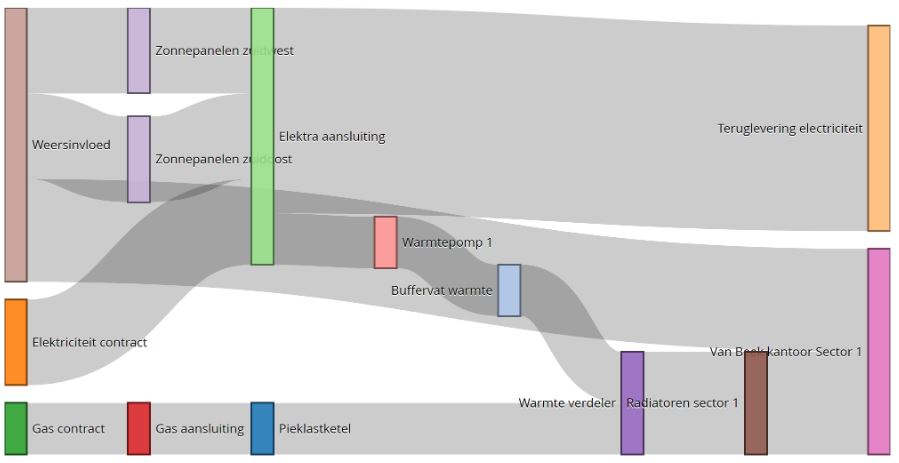Checkmate your building with self-learning building control
I recently had the opportunity to speak at the Sustainable Building Congress in Assen about smart building controls and the role artificial intelligence can play in creating an optimal indoor climate with maximum energy efficiency.

The control of buildings and installations is becoming increasingly complex as we make more use of advanced and sustainable systems and renewable energy sources: today, we do not only generate heat with boilers, we also get it from the ground or the sun. We also increasingly use heat recovery systems or store energy in batteries.
For the algorithms of ecoBuilding, the party only starts at this complexity: the system manages to make the best choice at every moment. At more than 50 buildings, we have now achieved savings of up to 40% and well-functioning installations. So what is the punchline?
The comparison with a game of chess is easily made. Back in 1997, world chess champion Garry Gasparov was defeated by Deep Blue, the chess computer developed by IBM. A legendary moment for the IT world, a moment of disbelief and outrage for the chess world. The seemingly impossible became a reality, but how was it possible?The answer is simple. IBM's computer converted the game of chess to a set of mathematical formulas. Each set within the game became a calculation. And formulas can simply be computed faster by a computer than by a human.
 Above: 1997 Deep Blue wins by Garry Gasparov.
Above: 1997 Deep Blue wins by Garry Gasparov.
Exactly the same is possible for controlling installations within a building to get it up to temperature or even managing an entire energy grid. For this, let's first zoom in on how a (larger) building installation works.
Usually, the building is divided into a number of zones, e.g. a north wing and a south wing. The different zones are heated or cooled via (hot) water or (cold) air that is distributed throughout the building via, for example, underfloor heating or intake vents. But the sun radiation on the façade also influences the temperature in the building. In turn, the underfloor heating and intake grilles are connected to air treatment systems, manifolds, buffers and sometimes heat recovery systems. These systems are in turn connected to heat or cold producing installations such as a natural gas boiler or an electric heat pump. Finally, these are connected to the energy supply as we have at home.
Together, they form the energy flow through the building, from procurement and generation to distribution and release. Together with solar radiation, which is added for free, all these components - if all goes well - provide the desired temperature. You don't have to be a techie to understand that all these components are interrelated. In addition, the outside temperature and the wind on the façade also play an important role in the so-called transmission losses, the leakage of heat to the outside due to a colder outside temperature. The interplay between these components ensures that if we transfer 10 KW of heat from a boiler via a manifold to the underfloor heating of a particular zone, it will heat up. But this energy can also be brought to the zone via the intake grilles, and at the same time the sun can also provide additional heat in this zone.For now, we cannot control the sun (unless through a sunshade), but all these other components can. Already this is a particularly complex interplay, with every choice made affecting the overall installation, energy consumption and final heating or cooling of the building.
Top: From left to right the representation of energy flows through a building. Represented in a so-called 'Sankey model'
Today, such systems are still controlled on the basis of a conventional if then, else control. If a certain zone demands 20 degrees from eight o'clock in the morning and the outside temperature is X, we heat the water in the boiler to temperature Y and blow that water into the building with flow Z. These so-called heating lines are programmed in advance based on a number of logical relationships and assumptions.
The disadvantage is that such a one-size-fits-all approach has little flexibility and dynamism. Only limited account can be taken of weather forecasts or building characteristics. Moreover, we see that, in practice, users often make adjustments, for instance after comfort complaints. These adjustments unbalance the total system and often lead to new complaints and unexpectedly high consumption.
With our ecoBuilding technology, we approach this completely differently. The system uses artificial intelligence to use algorithms to calculate the most ideal control at any time. All variables are taken into account and calculated for the next 24 hours.
The starting point is, of course, the desired temperature in each zone of the building. The variables are the installations and their capacity, the availability of renewable energy generators, the building's transmission losses and heat storage, and so on. But equally the energy tariffs that determine whether to use a heat pump, a boiler or a renewable source.
The bigger the building and the more variables, the harder it becomes for the human brain to calculate the ideal control - and the better ecoBuidling comes into its own. The comparison with a game of chess is apt: it involves strategic thinking, looking ahead and estimating and calculating dependencies.
And it has to be said, the game element really works addictively for everyone involved in ecoBuilding, from developers to partners. It is truly fascinating to see how our 'chess computer' makes its own decisions and, moreover, makes the best possible decision every time. Faster than any human on earth.
By the way, the results are great too. Currently, we have already realised some 50 projects with ecoBuilding in various European countries. Depending on the project, we achieved energy savings of between 15 and 40% on air conditioning, often with a significant improvement in comfort.
This article was written by Frank Visscher in Februari 2020 and published on Linkedin


